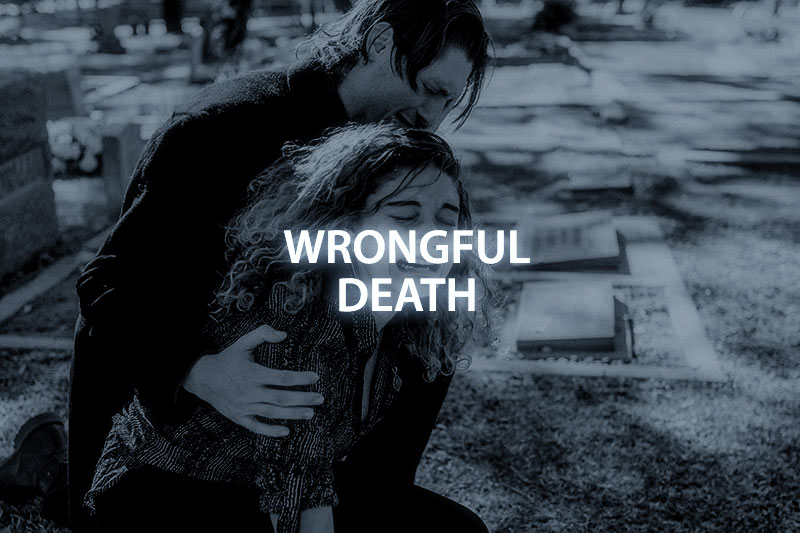Losing a loved one unexpectedly leaves a void that no legal action can fill. However, California's wrongful death laws provide a means for survivors to seek justice and some measure of financial security in the wake of a devastating loss. By understanding these legal avenues, families can take the first steps towards holding the responsible parties accountable and moving forward with their lives.
The loss of a loved one is an irreplaceable emotional hardship; and in California, the rights to file a wrongful death claim are clearly delineated to support the most directly affected by such a tragic loss. If you find yourself in a position to file such a claim, it’s paramount to understand your legal standing and consider consulting with a knowledgeable attorney who can guide you through this complex process. The path to legal remedy is a valuable one, offering a form of justice for the undue death of a loved one and financial support for those left behind.
Navigating a wrongful death claim in California is a complex process, filled with both legal and emotional challenges. Understanding the types of damages that are available can be a source of solace, knowing that there is a mechanism in place to seek some form of justice and support. However, given the complexities involved in calculating and proving these damages, consulting with a qualified attorney who specializes in wrongful death claims is often a wise step.
Navigating a wrongful death claim involving comparative negligence can be highly complex. It is emphasized that surviving family members should consult with a skilled wrongful death attorney who understands the intricacies of California law and can advocate effectively on their behalf. An experienced attorney can help build a strong case to minimize the deceased’s alleged share of fault, maximizing the potential compensation for the survivors.

